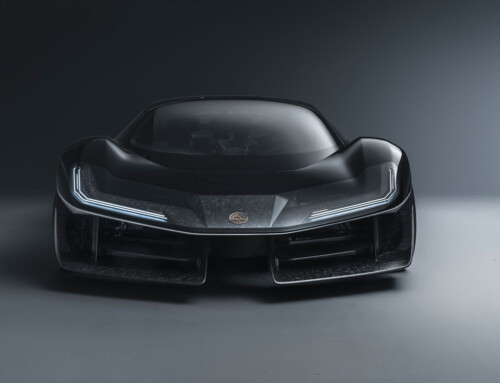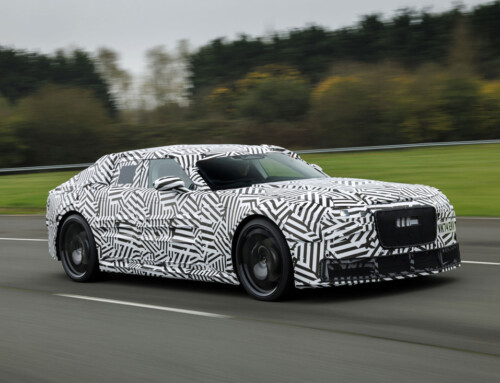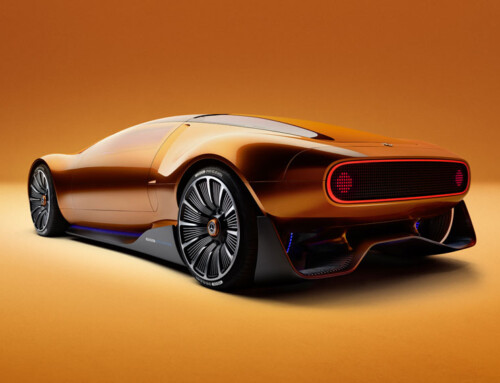After the intriguing Crossover concept presented at Paris in 2008 and the fun Beachcomber concept which hinted at a return of the unforgettable Moke last January at Detroit, the production model – the fourth in the Mini family (until the coupé and roadster arrive) – was finally revealed at Geneva. The new model takes the name of another celebrated variant of Alec Issigonis’ original Mini – the Countryman.
Instead of the old estate with wood panelling, however, this is a modern SUV or, as its designer Gert Hildebrand prefers to call it, an SAV (Sport Activity Vehicle). This is the first Mini with four doors, the first with four wheel drive (albeit as an option) and the first to break four metres in length (4.097, to be precise), which is why Hildebrand amuses himself by citing “the rule of four”, jokingly saying “yes, it even has four wheels”.
The Beachcomber, which was voted the “most fun” concept at Detroit, is to all intents and purposes a toy: completely open, the car was conceived for decidedly sunnier climes – Florida and California spring instantly to mind – and essentially for leisure use only. While Hildebrand admits that the car is feasible, and “an example of what the Mini can do and be”, it has too much of a niche appeal to ever make it into production.
After all, no more than 15 thousand examples of the old Moke found buyers. In reality, there were even doubts about the production future of the Countryman. When the Crossover concept was presented at Paris in the autumn of 2008, in the midst of the global recession, no one knew if the production model would ever see the light of day.
Here it is, however, although this time it will be built not at Oxford but in Austria by Magna, in response to a specific necessity of the Mini market. Hildebrand explains: “in nine years the Mini has built up a very loyal clientele with somewhat hedonist traits. But children grow up, lifestyles change – in other words, a bigger Mini is needed to fulfil the role of a family’s only car, that is not just a car for young users or a second car”. Less Mini, then, but perhaps this is better than losing loyal customers to the competition.
The article continues in Auto & Design no. 181










